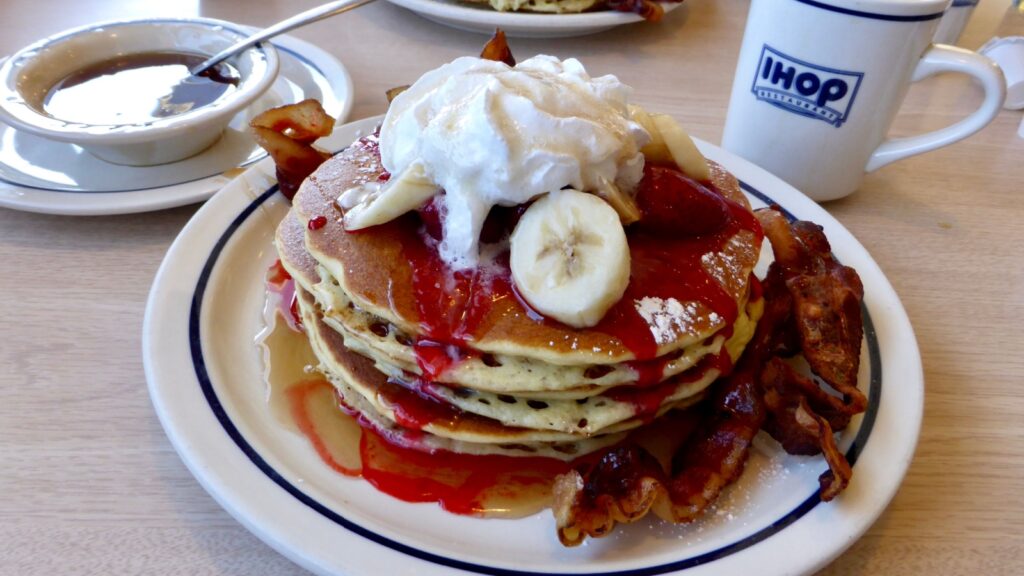When American giants set their sights on Canada, success often seems guaranteed, but the reality is more complicated. Between cultural differences, pricing missteps, and fierce local competition, many U.S. chains have struggled to win over Canadian shoppers. Some entered boldly only to retreat, while others are quietly fighting to stay relevant. Here are 18 popular American chains struggling to survive in Canada:
Target
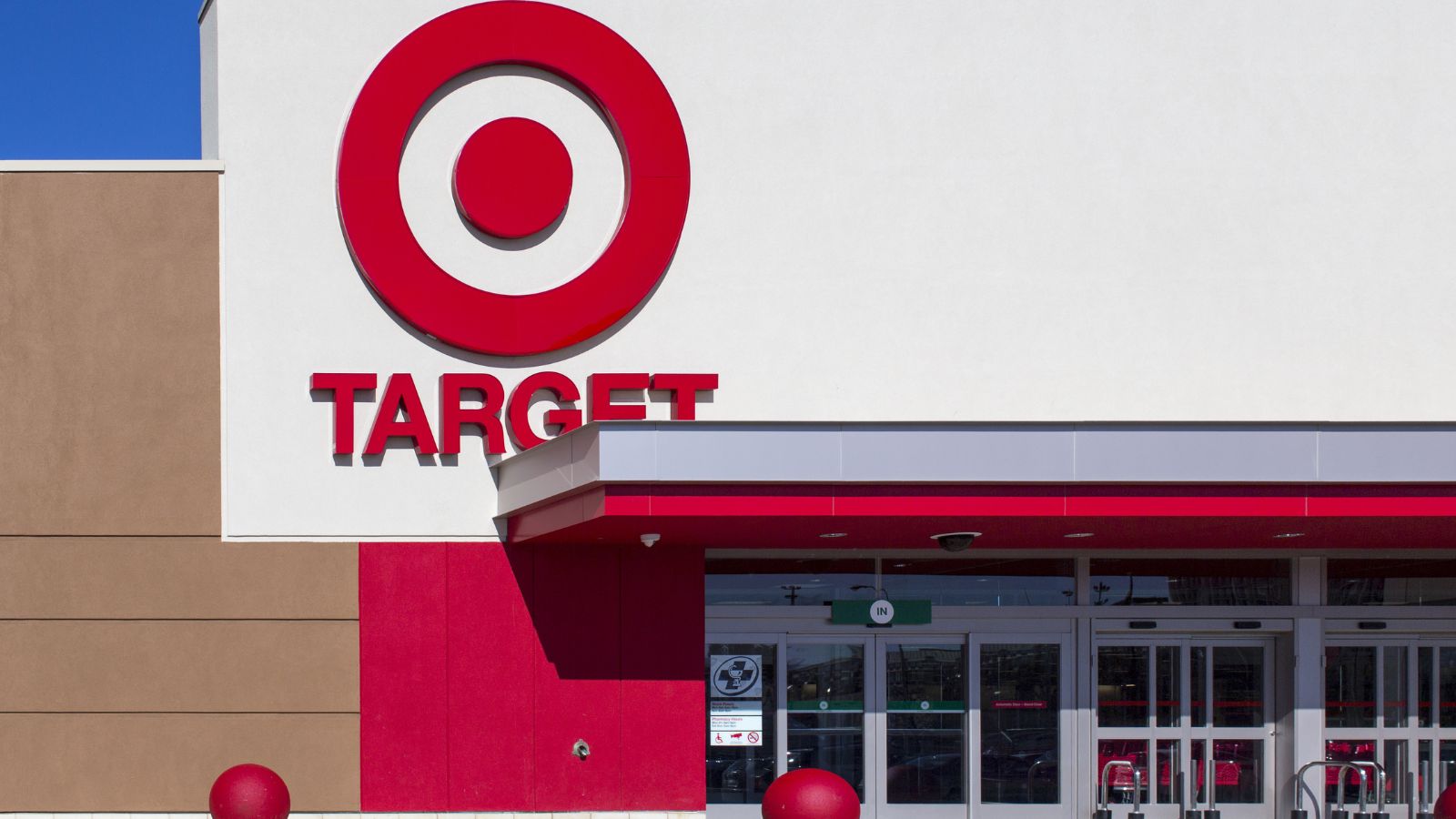
Target’s highly anticipated 2013 launch in Canada quickly turned into one of retail’s biggest flops. Shoppers expecting the same experience as in the U.S. were met with higher prices, frequent stockouts, and a lackluster selection. Within two years, Target shuttered all 133 of its Canadian locations, writing off billions, and the chain’s failure remains a cautionary tale for retailers expanding north. Canadian consumers wanted more than just a recognizable logo, as they wanted value and consistency, and Target couldn’t deliver.
Sears
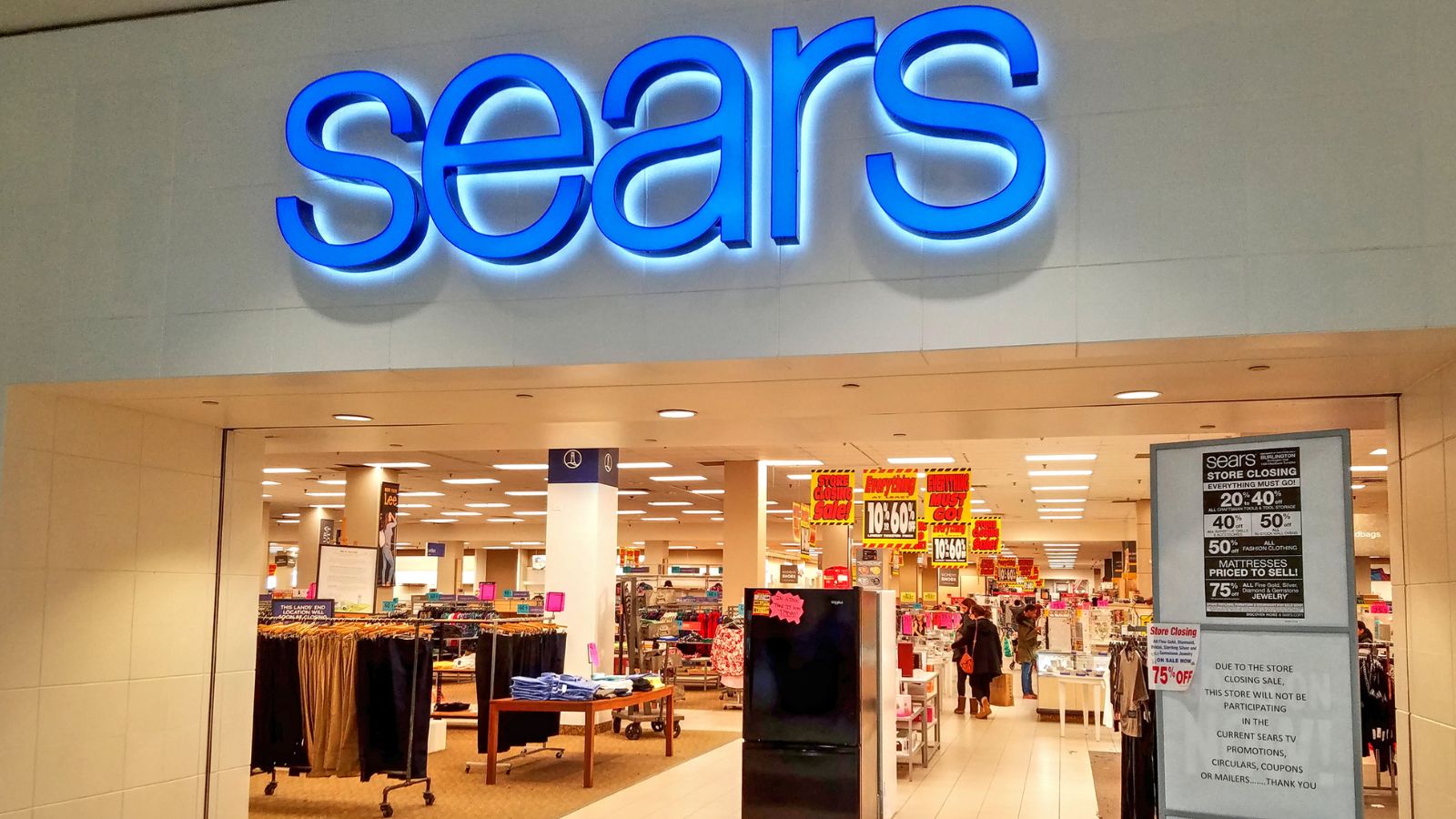
Once a household name on both sides of the border, Sears struggled to stay relevant in Canada as shopping habits changed. The chain’s slow move into e-commerce and outdated store formats alienated younger shoppers. Competitors like Walmart and Canadian Tire offered better prices and fresher branding. Despite its long history in Canada, Sears could not reinvent itself quickly enough. By 2017, the company shut down all Canadian operations, leaving malls across the country with massive empty spaces.
J.Crew
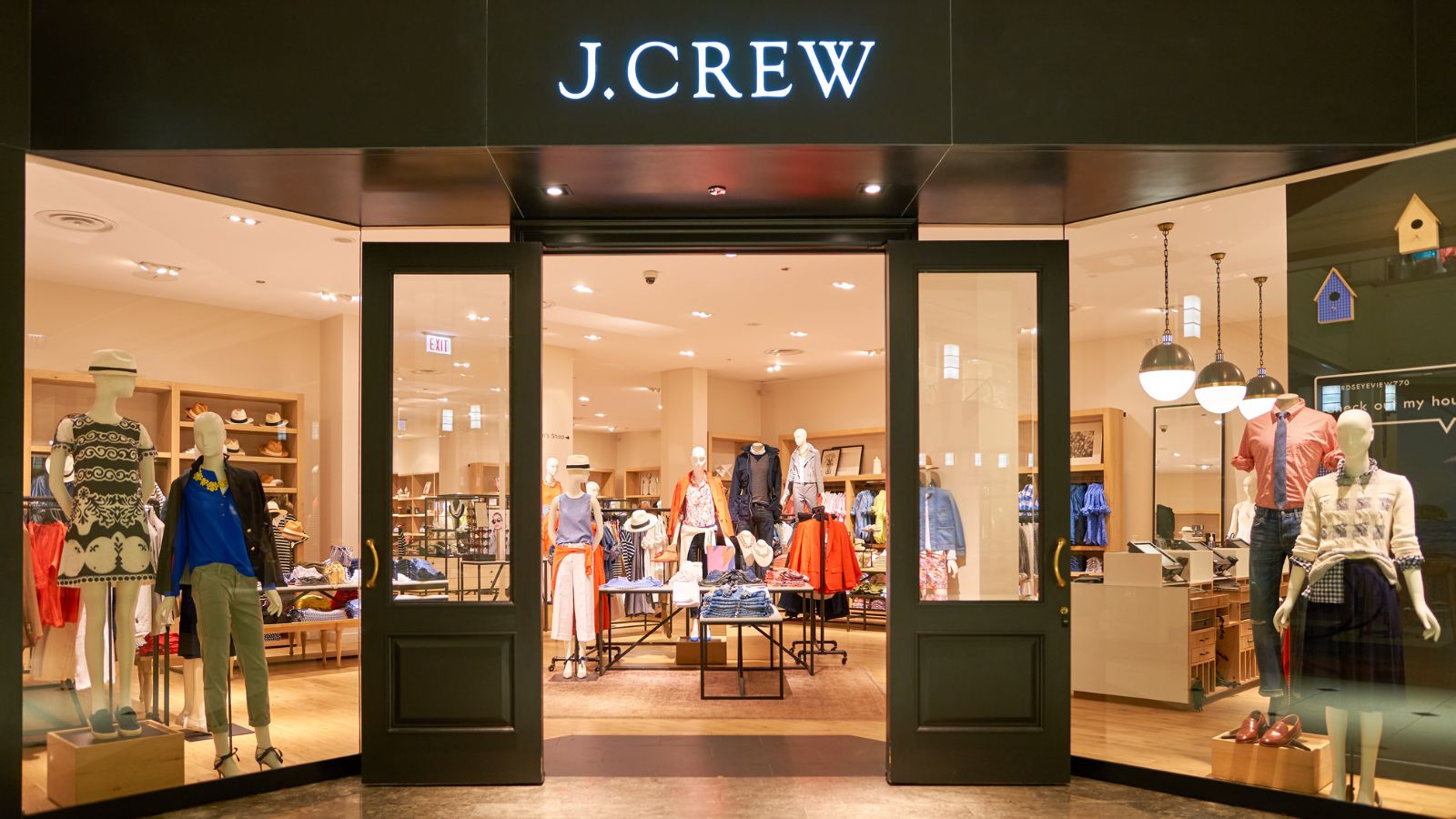
J.Crew arrived in Canada with a reputation for preppy, polished style, but shoppers weren’t impressed by the steep price tags. Clothes cost significantly more than in the U.S., frustrating Canadian fans who expected parity. With fast-fashion brands like Zara and H&M offering trendy looks for less, J.Crew struggled to find its footing. The chain eventually pulled back, closing many stores and focusing instead on online sales. In a country where consumers are savvy about cross-border pricing, J.Crew’s inability to adapt quickly enough cost it a strong Canadian presence.
Forever 21
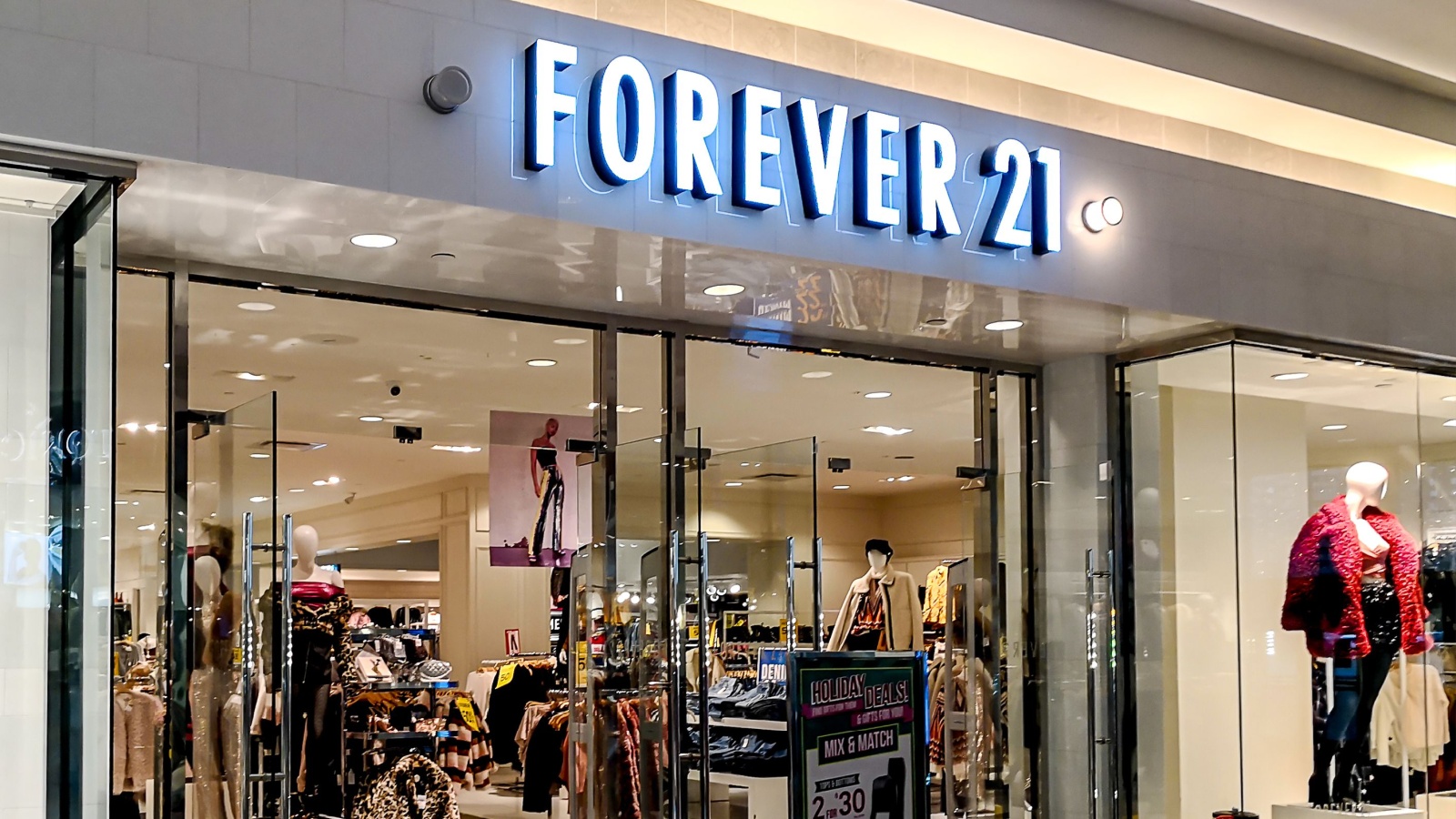
Forever 21’s fast fashion model once made it a teen favorite, but cracks started to show in Canada. Rising rents, online competition, and a growing backlash against disposable clothing left the brand struggling. Shoppers turned to local and international rivals offering higher quality or more sustainable options. By 2019, Forever 21 announced it would close all Canadian stores, citing unprofitability. The exits were swift, leaving malls scrambling for replacements, and although the brand continues online, its fall in Canada shows how quickly fast fashion trends can fade.
Lowe’s
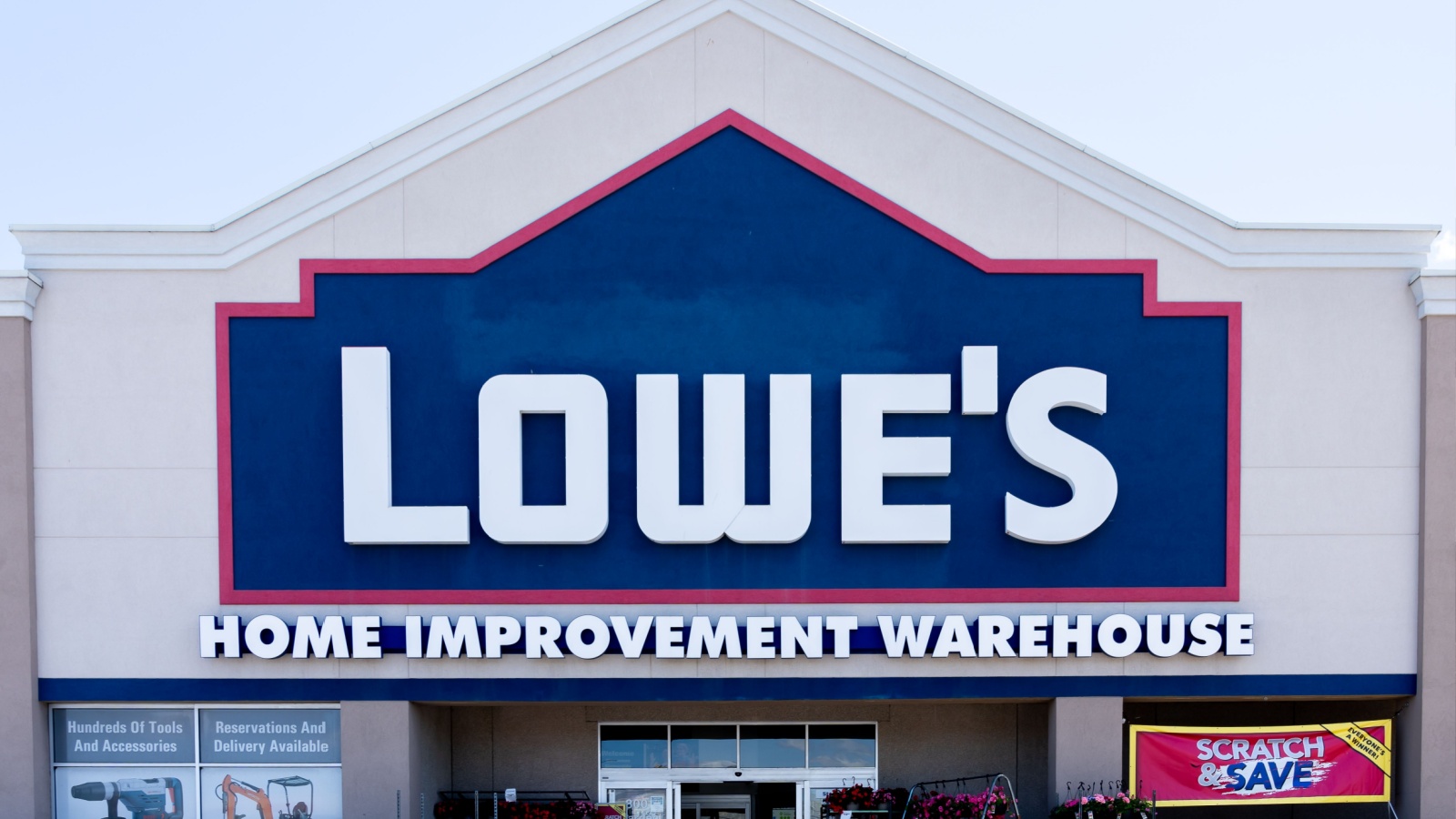
Home improvement seemed like a sure bet in Canada, but Lowe’s never matched the success of rival Home Depot. Despite acquiring RONA to strengthen its presence, the brand faced challenges with integration, branding, and competition. Canadian shoppers often saw Lowe’s as less convenient or more expensive, and in 2023, it announced it was selling its Canadian business, a sign that it couldn’t gain lasting traction. For a market known for its love of DIY and home projects, Lowe’s struggled to deliver the mix of pricing and accessibility customers demanded.
Nordstrom
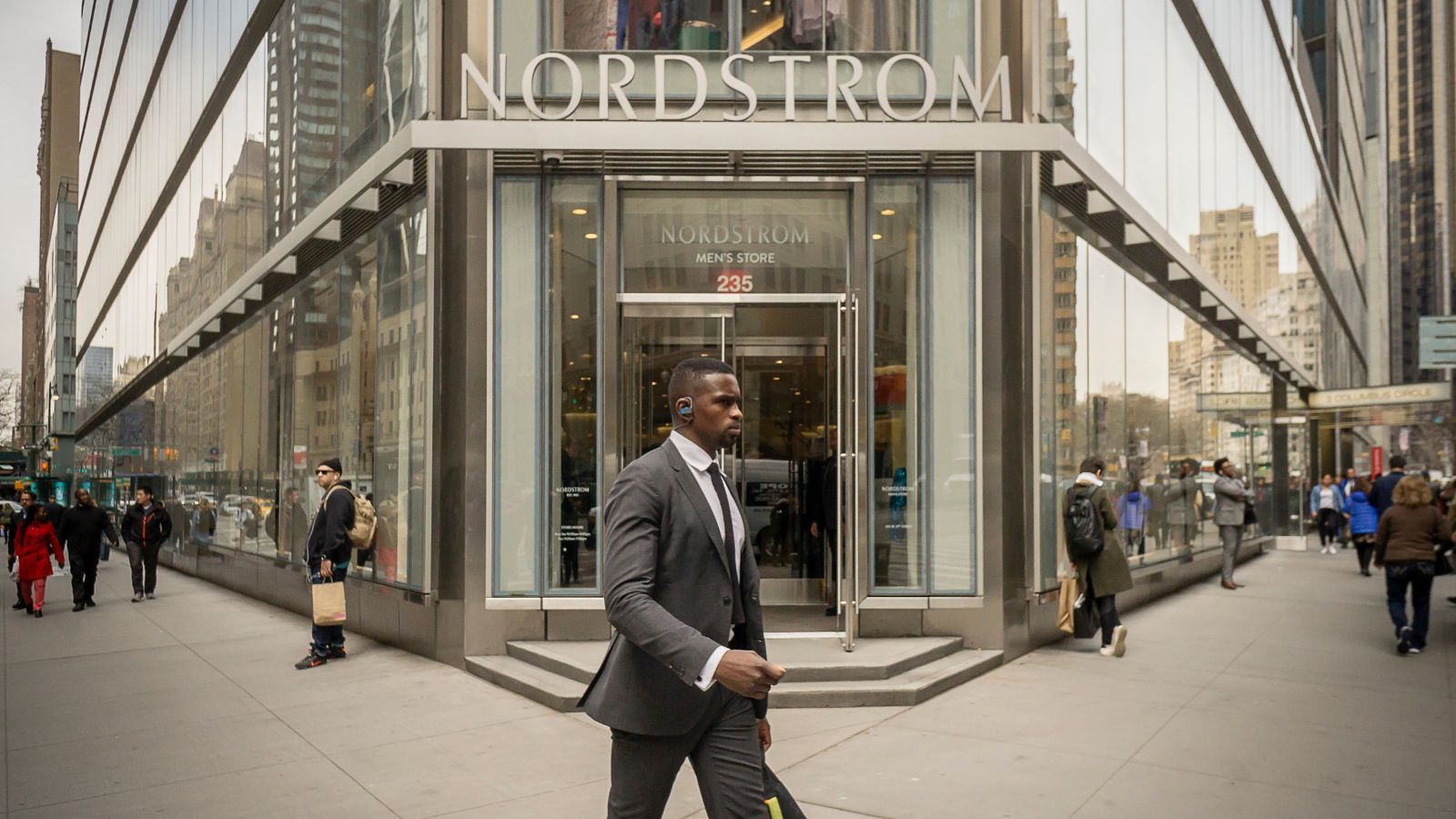
When Nordstrom opened in Canada in 2014, it aimed to bring high-end American luxury to Canadian malls. But the timing couldn’t have been worse. A weaker Canadian dollar made prices even higher than in the U.S., and local shoppers weren’t as eager to splurge. Nordstrom Rack, meant to appeal to budget-conscious buyers, also struggled. By 2023, Nordstrom shut down all Canadian operations, walking away from billions in investment. Its downfall highlights the difficulty of transplanting luxury retail into a market where middle-class shoppers are increasingly cost-conscious.
Best Buy
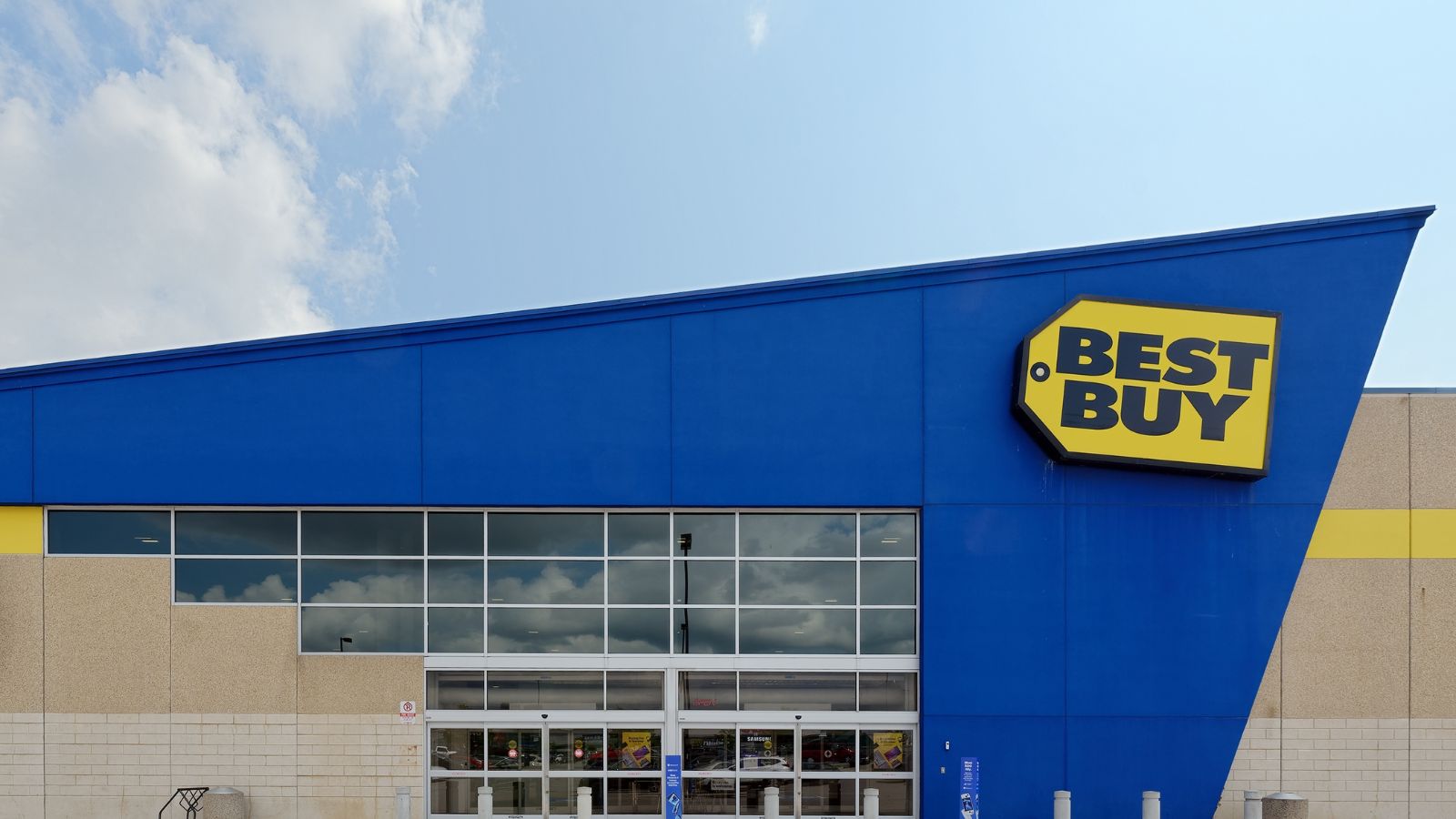
Best Buy hasn’t disappeared from Canada, but it has scaled back significantly. Online competition, particularly from Amazon, hit electronics retailers hard, and many Canadians also found better deals through cross-border shopping. While the brand still operates in major cities, several smaller stores have closed, and staffing levels have shrunk. Best Buy has tried to adapt by focusing on services like Geek Squad, but the battle against online shopping giants is uphill. Canadians continue to buy electronics, but they’re not always buying them at Best Buy anymore.
Starbucks
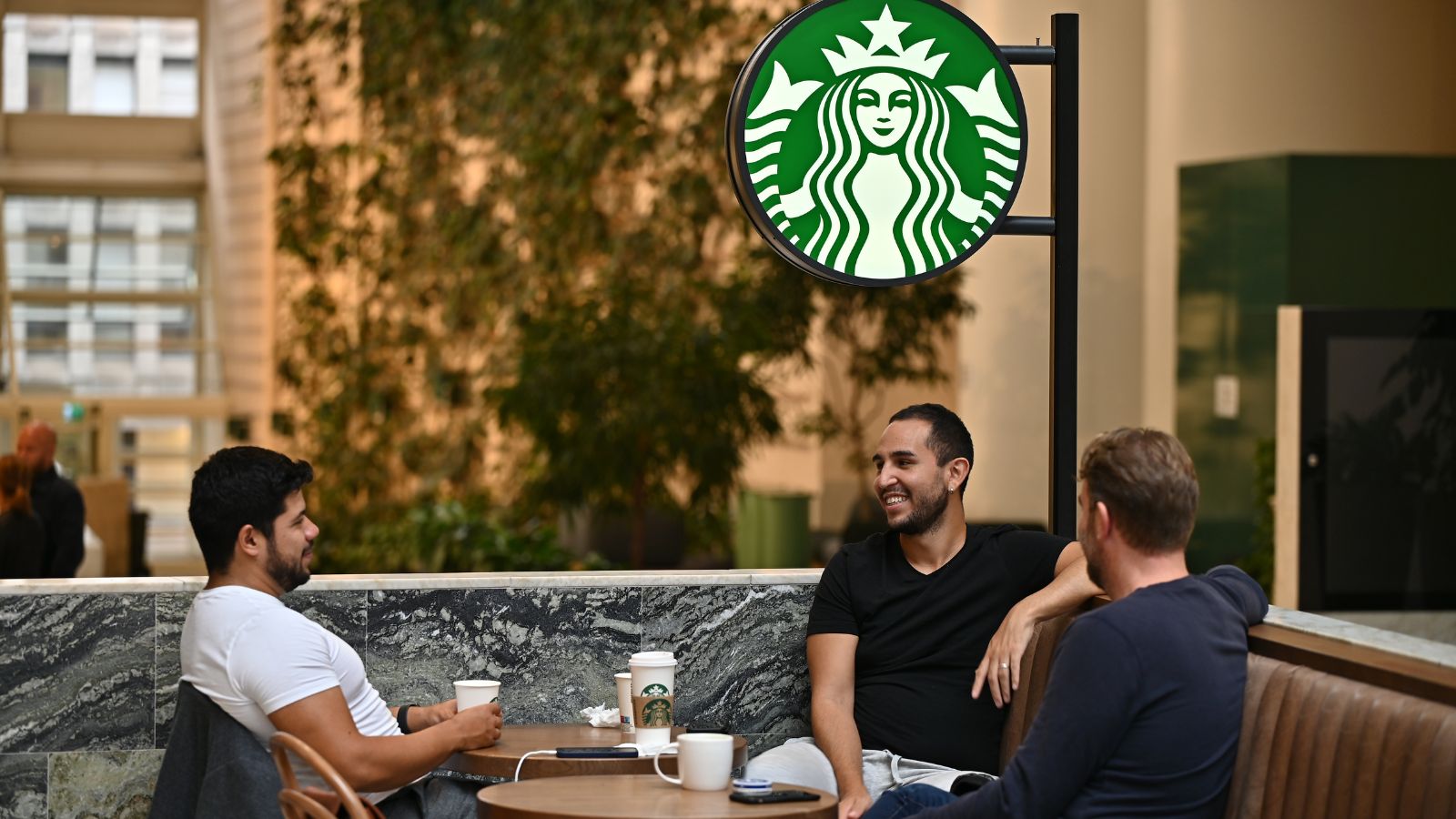
Starbucks may be seen everywhere in Canada, but the brand has quietly struggled in certain regions. Canadians have strong ties to homegrown coffee chains like Tim Hortons and Second Cup, making it hard for Starbucks to dominate outside big urban centers. Its higher prices also make it a harder sell in a cost-conscious market. While still popular, the chain has closed underperforming locations and faces pressure from independent cafés offering more personalized experiences. Starbucks isn’t going anywhere soon, but its Canadian growth has slowed considerably compared to its U.S. expansion.
Wendy’s
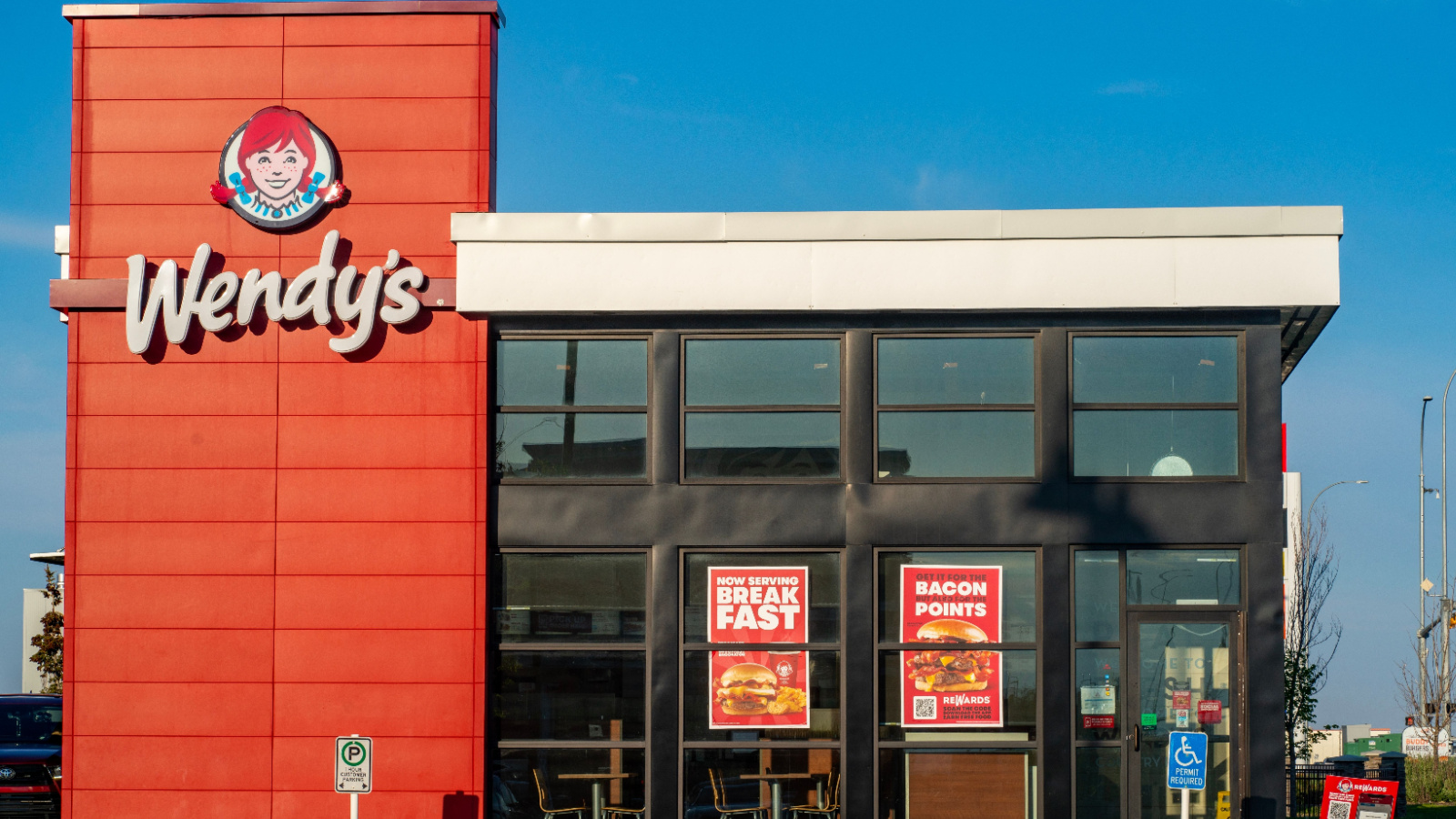
Wendy’s entered Canada early and remains present, but it has long trailed rivals like McDonald’s and A&W. Canadian fast-food fans often see Wendy’s as pricier without offering much extra value. Menu adaptations have been slow compared to competitors, and its locations are less widespread. While still beloved for its Frostys and square burgers, Wendy’s hasn’t managed to dominate the Canadian market the way it hoped. Survival hasn’t been the issue for the American chain, growth has, and in a crowded fast-food scene, it is struggling to be more than a secondary choice.
Chili’s
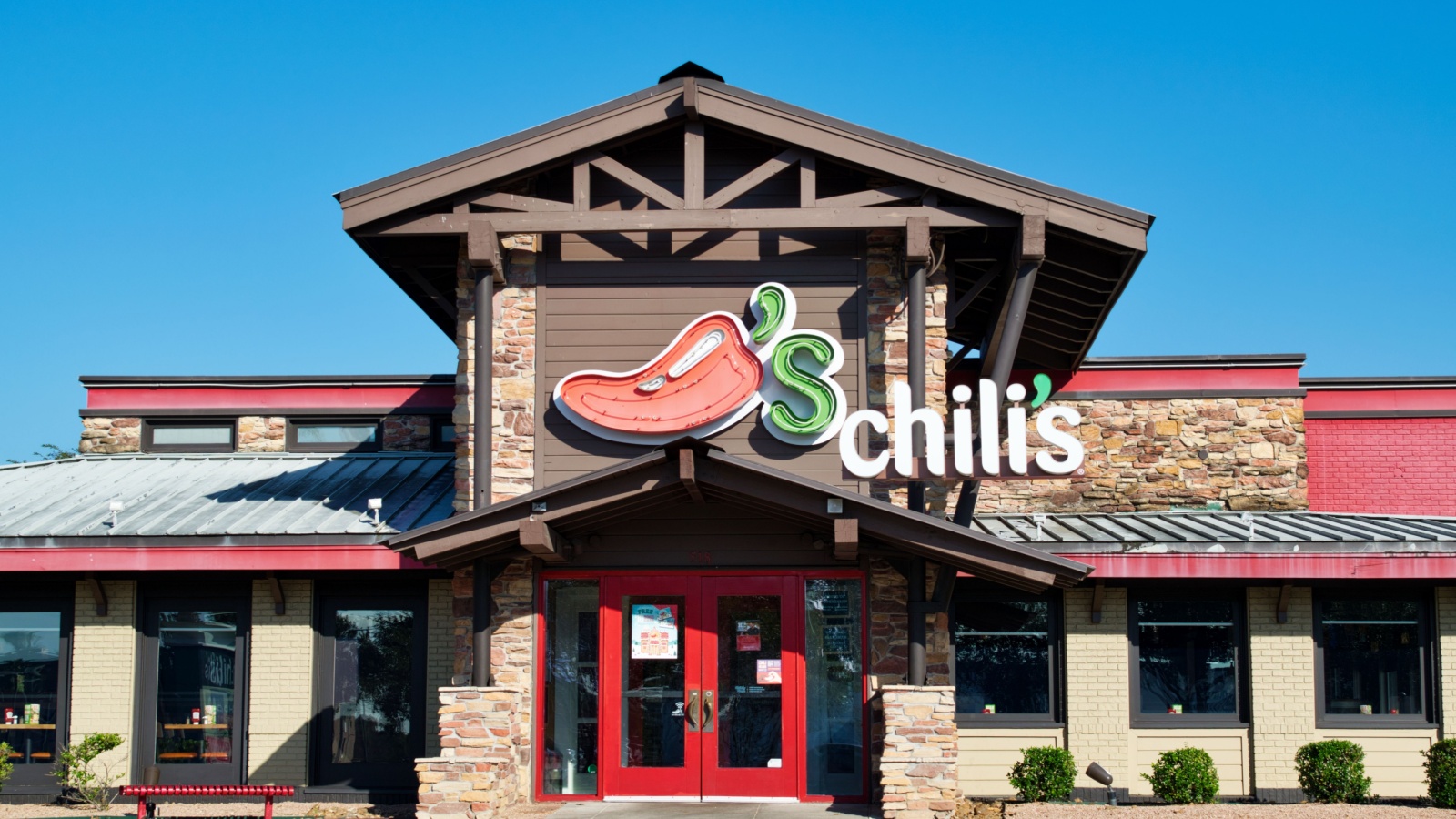
Casual dining chains have a mixed track record in Canada, and Chili’s is one of the clearest examples. The Tex-Mex favorite had ambitious plans, but Canadian customers weren’t as enthusiastic as expected. With fierce competition from local restaurants and other U.S. imports, such as Applebee’s and Chili’s, the company struggled to build loyalty. High operating costs and shifting dining habits only made things worse. Today, Chili’s has a limited presence in Canada, primarily located near tourist-heavy areas, and for many Canadians, the brand is more familiar from U.S. road trips than local dining experiences.
Applebee’s
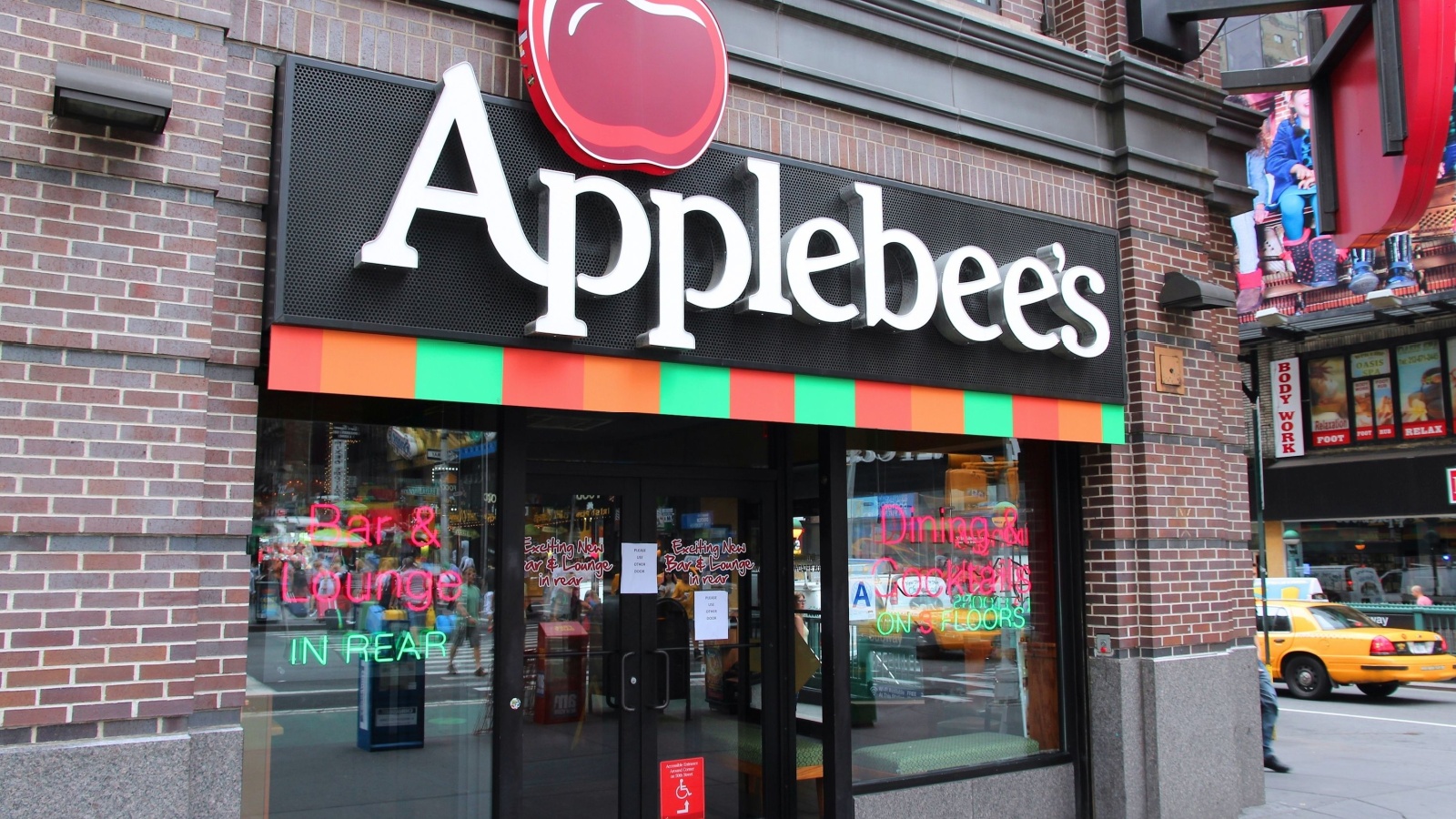
Applebee’s once hoped to be a staple of Canadian dining, but the reality was underwhelming. Canadian diners often found it generic compared to local spots offering more character and fresher menus. The brand also struggled to balance pricing with value, leaving it squeezed between fast food and higher-end restaurants. Many locations have since closed, and Applebee’s presence in Canada is now minimal. While it thrives in U.S. suburbs, the formula hasn’t translated north.
IHOP
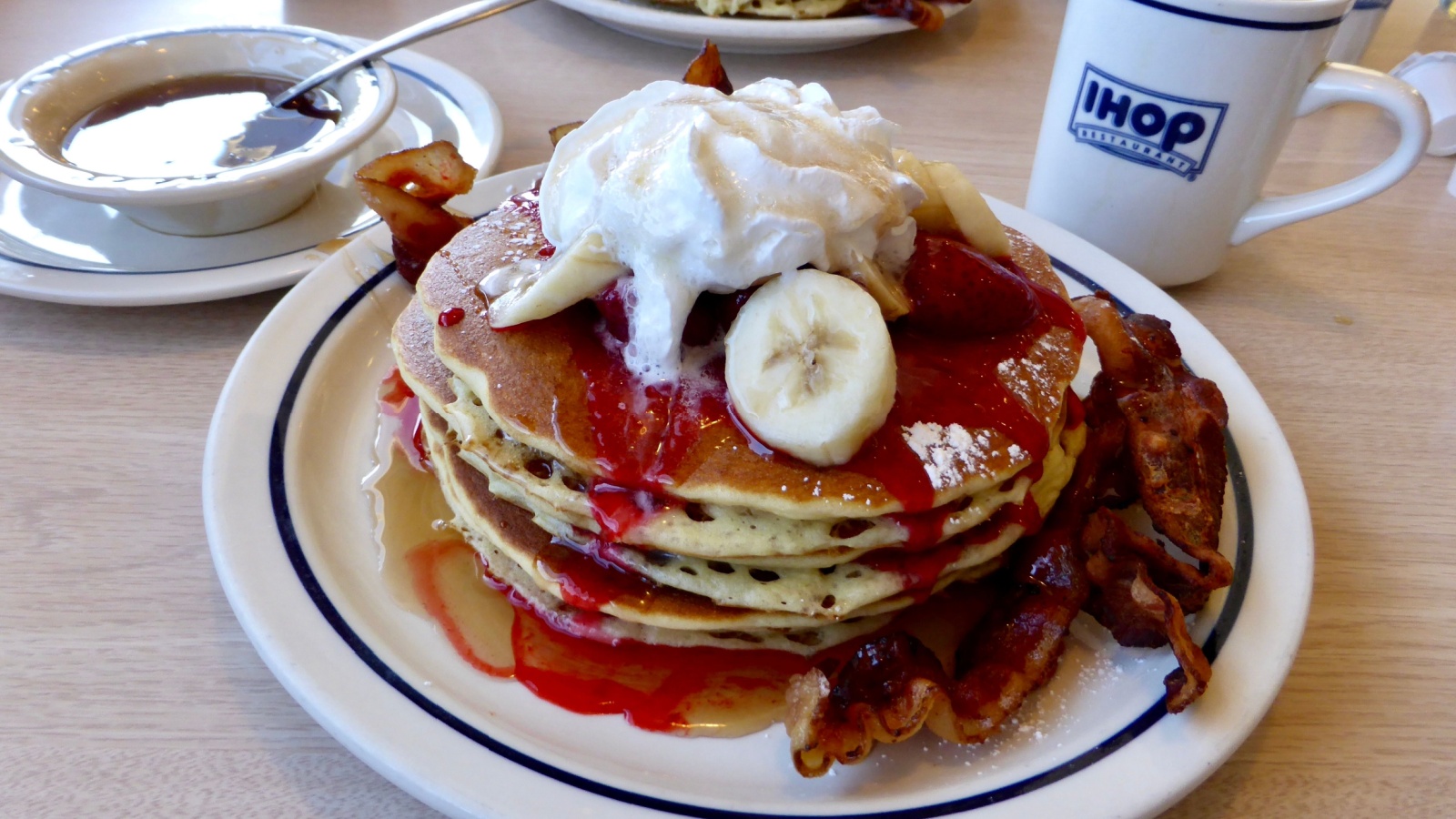
IHOP’s famous pancakes seemed like an easy sell in Canada, but the chain has struggled to grow. For decades, it had almost no presence, only recently beginning to expand in select cities. The challenge has been stiff competition from beloved Canadian breakfast chains and diners that offer hearty meals at lower prices. High rents and franchise costs have also slowed expansion. While IHOP is slowly expanding its restaurant network, it remains far from the household name in Canada that it is in the U.S. For now, it remains a niche player.
Quiznos
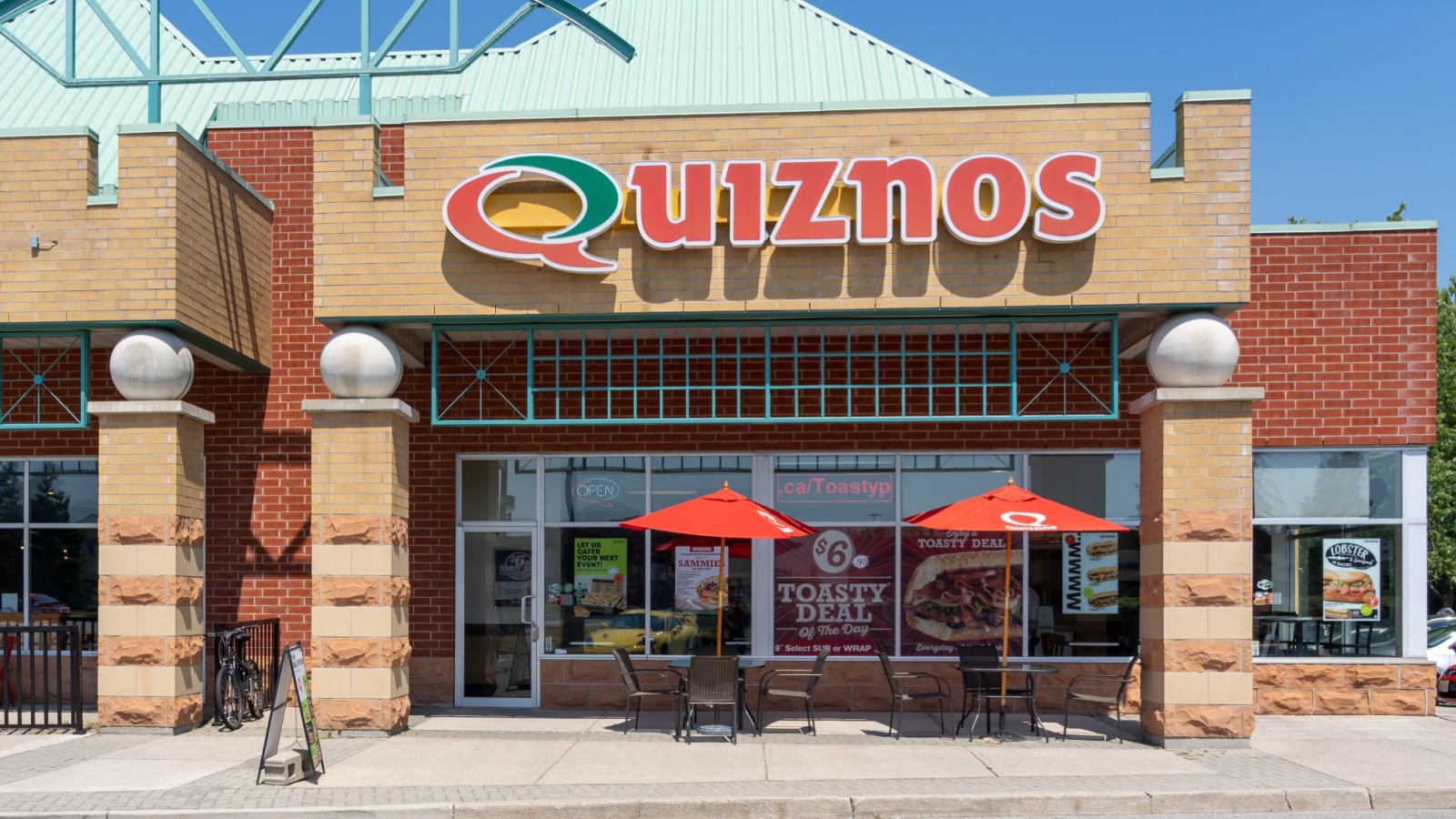
Quiznos once grew quickly in Canada, riding the wave of toasted subs. But competition from Subway, and later from fresher, locally focused sandwich shops, left it squeezed. Franchisees complained about high fees and limited support, leading to closures across the country. At its peak, Quiznos was a recognizable lunch option, but today it’s hard to find a location. The chain still operates in Canada, but its footprint is far smaller than it once was, and for many Canadians, it is more of a memory than a go-to lunch spot.
Gap
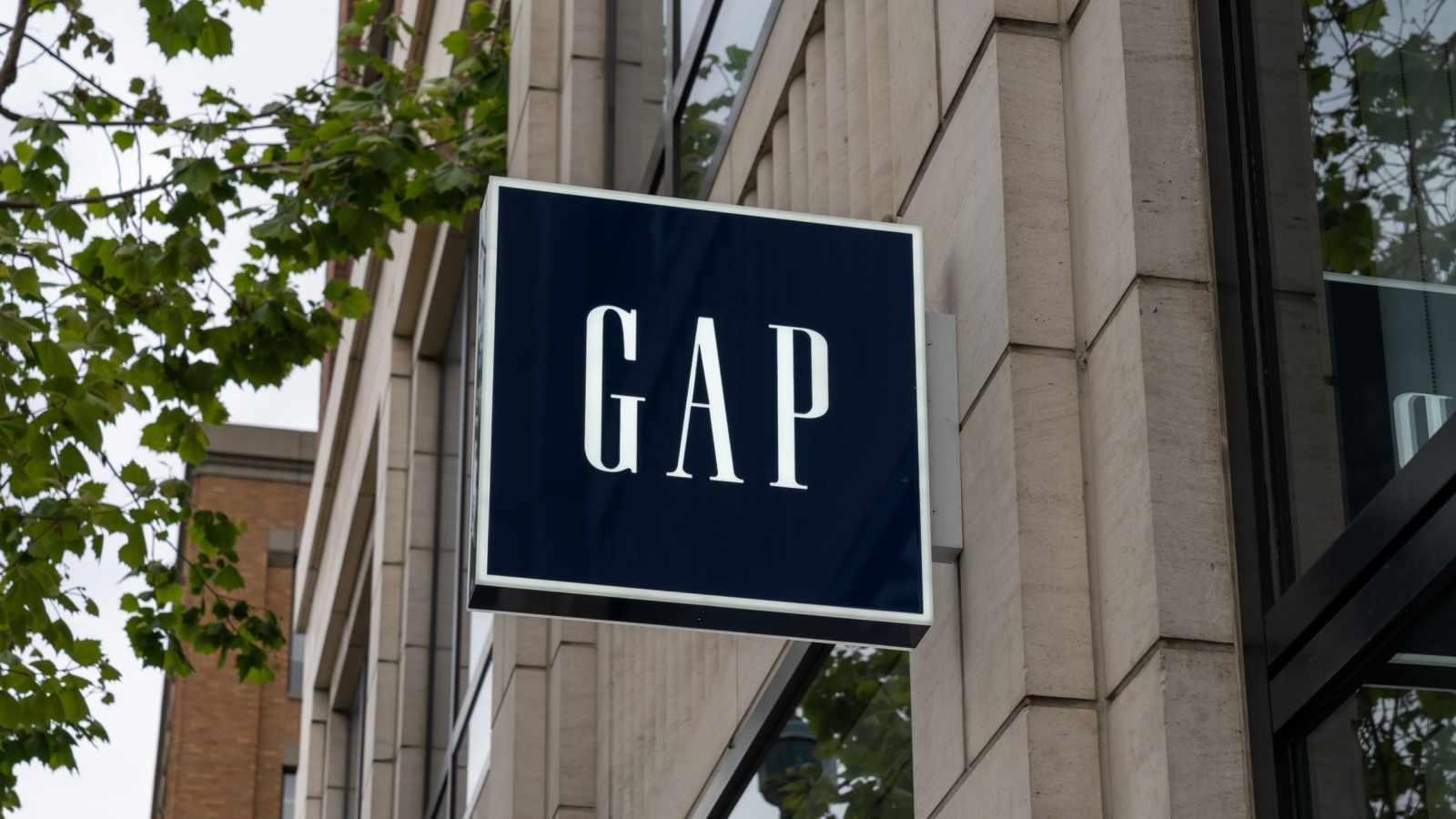
Gap entered Canada with strong brand recognition, but over time, it lost its edge. Shoppers complained about inconsistent quality and a lack of fresh styles compared to fast fashion rivals. Online retailers only made things tougher, with Canadians finding better deals without leaving home. Gap has closed numerous Canadian locations, focusing more on e-commerce, and while it is still present, it no longer commands the cultural cachet it once had. The brand’s struggles in Canada mirror its broader global challenges of staying relevant in an industry that moves faster every year.
Macy’s
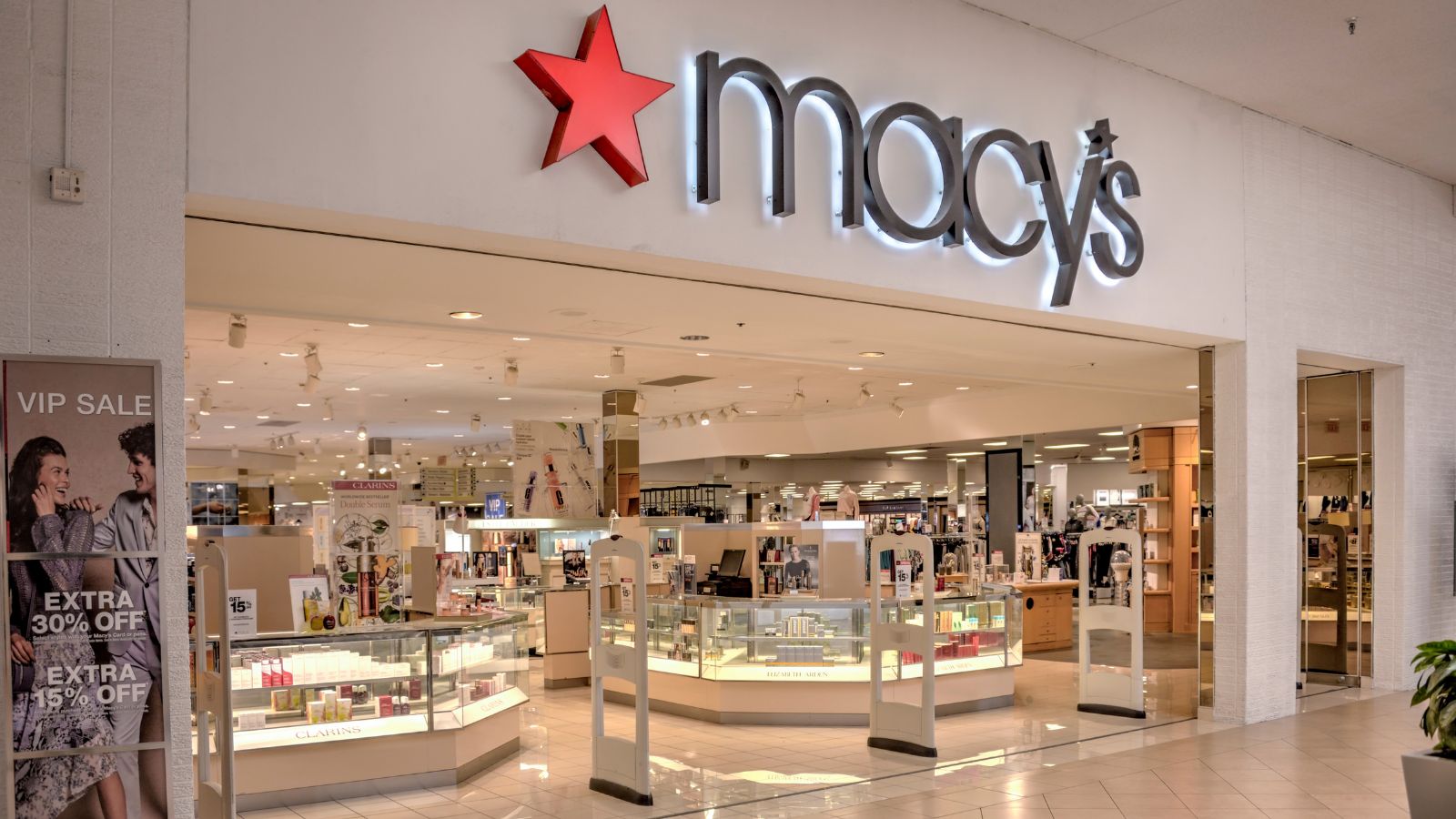
Macy’s iconic name never translated into Canadian retail success. While the brand considered entering Canada more aggressively, it struggled to compete with established local department stores like Hudson’s Bay. Its pricing model didn’t appeal to Canadian shoppers, who are already cautious about high retail markups. Macy’s presence remains limited, primarily online, and its stores never gained the foothold its U.S. locations enjoy. For a brand that built its reputation on being America’s department store, Canada simply never rolled out the same red carpet.
Panera Bread
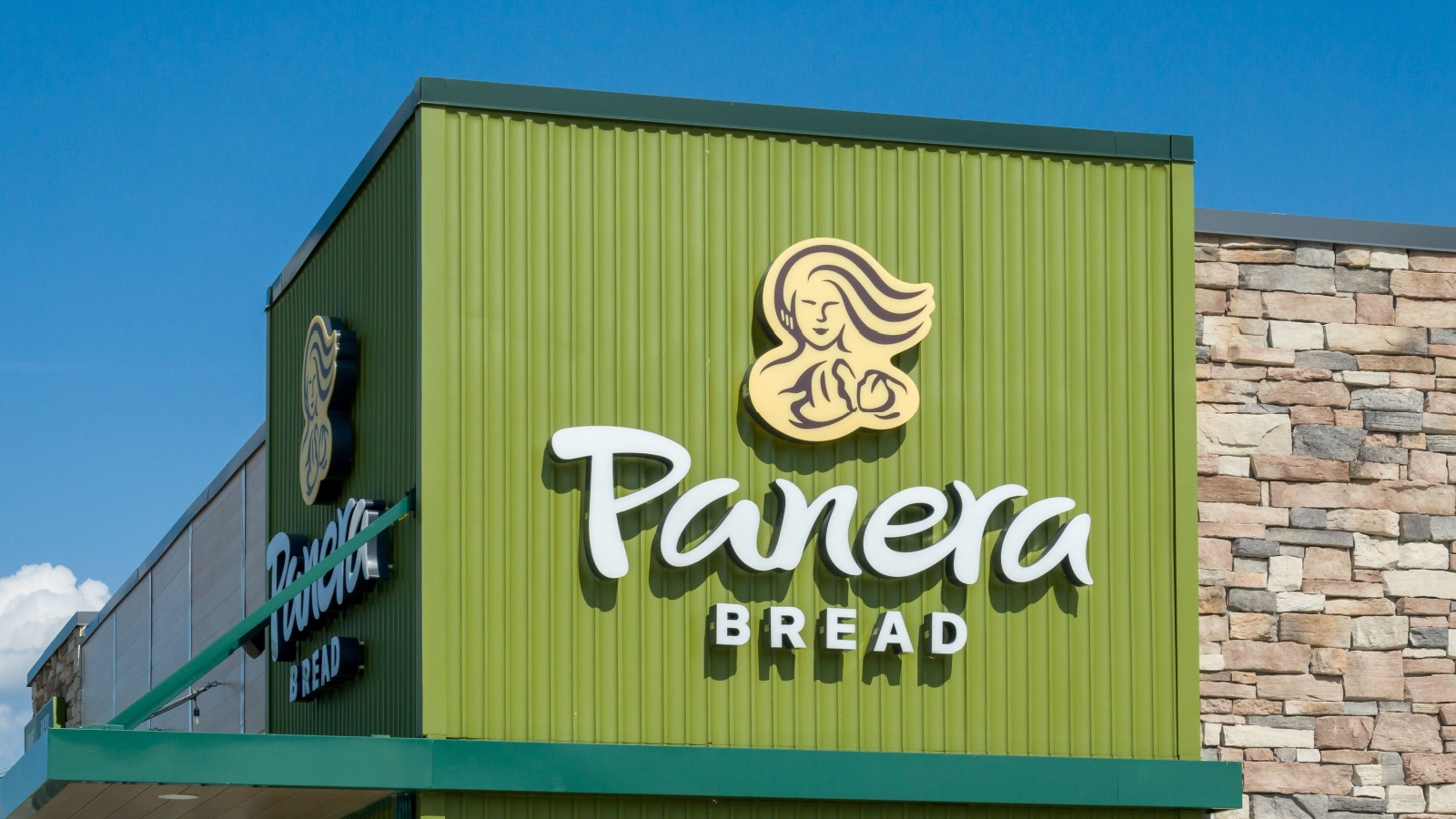
Panera Bread’s mix of soups, salads, and sandwiches has worked well in the U.S., but its Canadian rollout has been slow and inconsistent. The brand faced tough competition from both fast-food giants and local cafés that already filled the same niche. Pricing was another issue, as many Canadians felt Panera was too expensive for what it offered. While it maintains some presence, the chain has not become a dominant force, and in a country with strong café culture, Panera has struggled to carve out a lasting identity.
Cracker Barrel
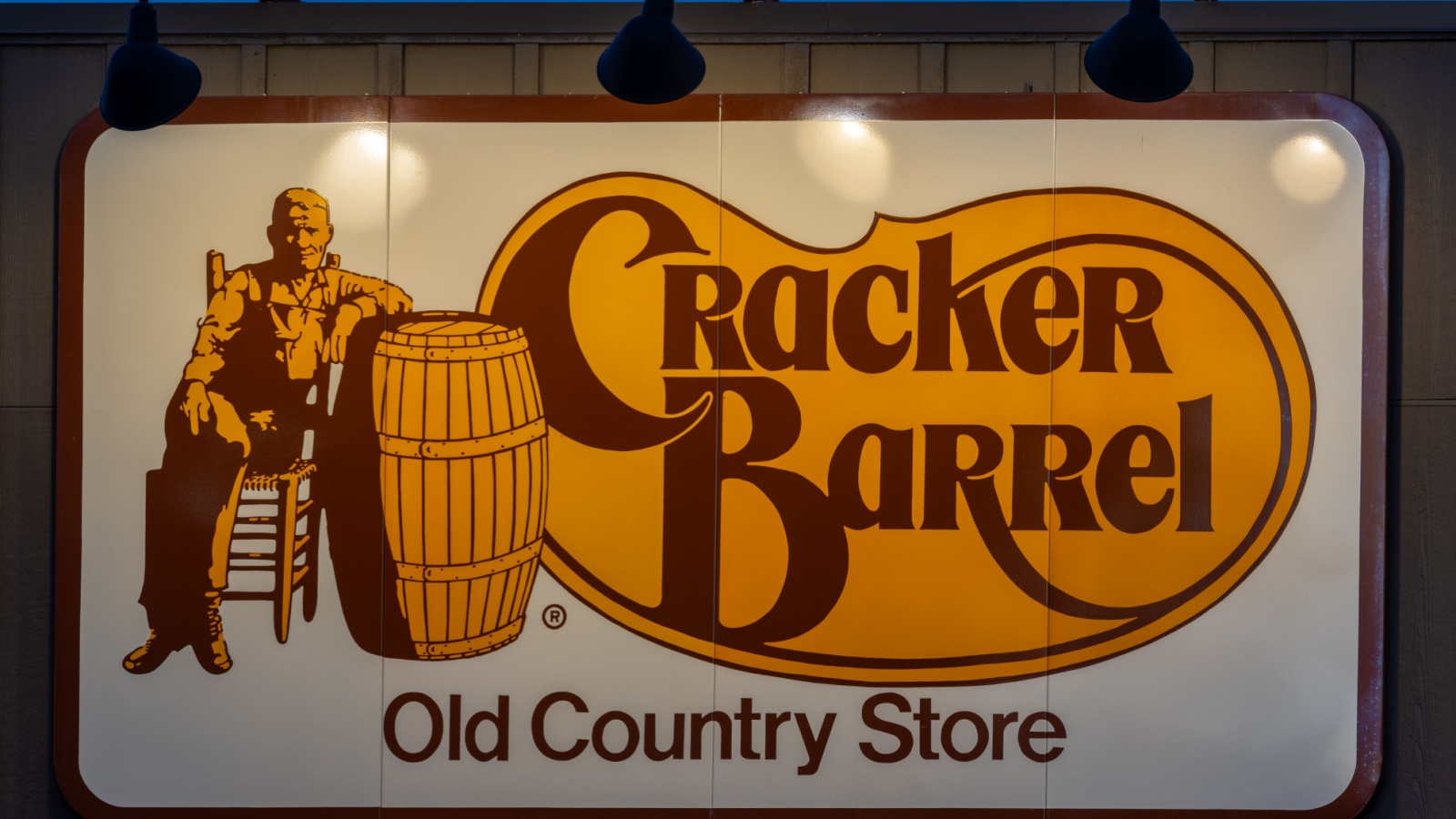
Cracker Barrel is beloved across U.S. highways, but its Southern comfort food concept hasn’t expanded into Canada beyond speculation and scattered franchise attempts. Cultural differences play a big role, as Canadian diners lean toward different breakfast and casual dining traditions. While the brand has name recognition thanks to cross-border travel, its signature gift shop-meets-restaurant model hasn’t translated. With high operating costs and stiff competition, Cracker Barrel remains more of an American road-trip novelty than a Canadian staple.
Marshalls
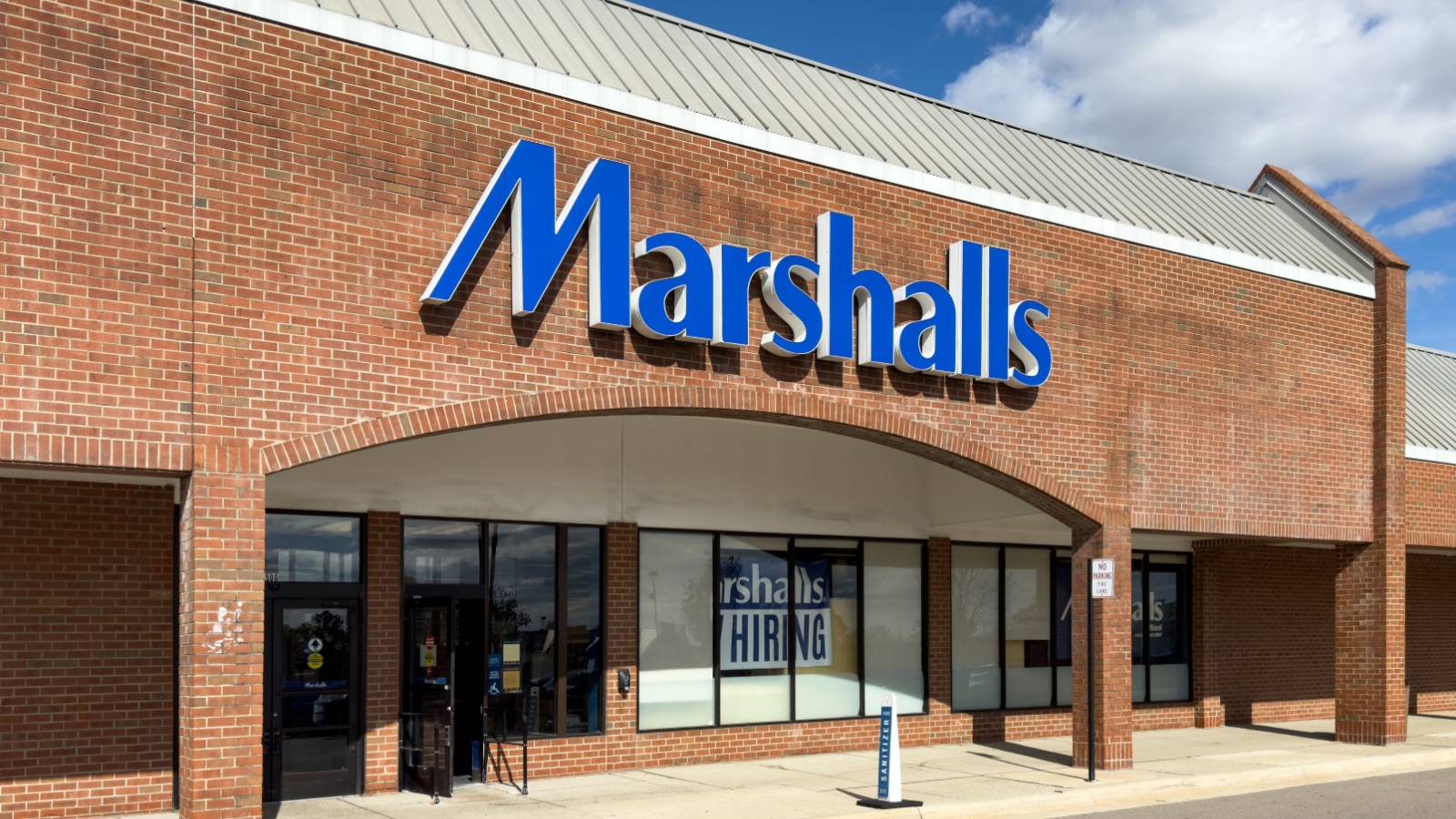
Marshalls is still present in Canada, but it lags behind its sister brand Winners, which already dominates the off-price retail space. Many Canadians see Marshalls as redundant rather than essential. With stiff competition from Winners and Homesense, both owned by parent company TJX, Marshalls hasn’t captured the same loyalty. While shoppers enjoy the deals, they often prefer the variety at Winners instead. The chain is surviving but struggling to distinguish itself in an already crowded market, and it remains the weaker link in TJX’s Canadian strategy.
21 Products Canadians Should Stockpile Before Tariffs Hit

If trade tensions escalate between Canada and the U.S., everyday essentials can suddenly disappear or skyrocket in price. Products like pantry basics and tech must-haves that depend on are deeply tied to cross-border supply chains and are likely to face various kinds of disruptions
21 Products Canadians Should Stockpile Before Tariffs Hit
